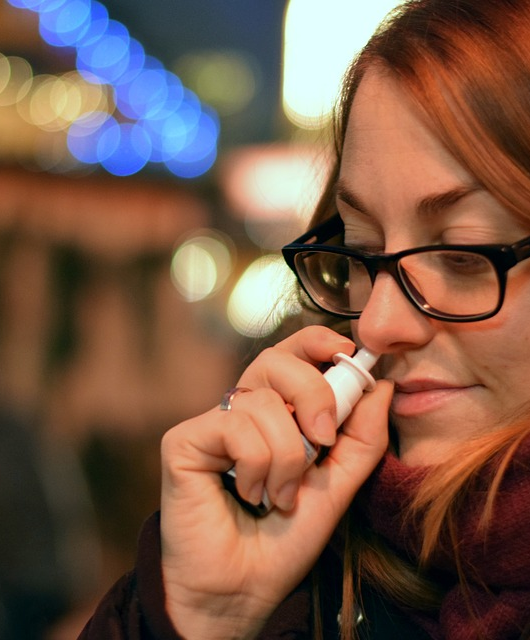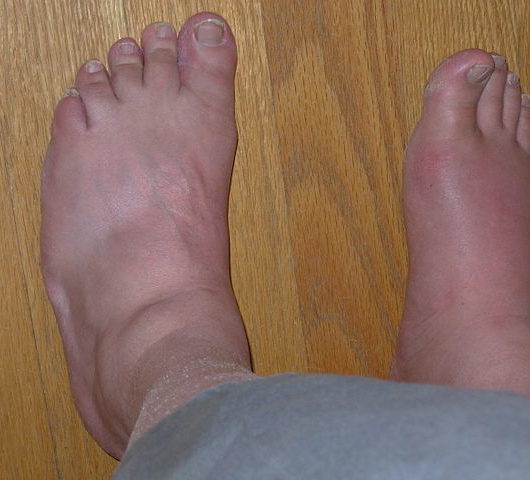5 Jobs Linked to a Higher Risk of Cancer
 When it comes to occupational hazards, the specter of cancer looms large for certain professions. While advancements in workplace safety have reduced risks over the years, there are still industries where employees face an elevated likelihood of developing cancer.
When it comes to occupational hazards, the specter of cancer looms large for certain professions. While advancements in workplace safety have reduced risks over the years, there are still industries where employees face an elevated likelihood of developing cancer.
This article delves into some of the jobs that have been consistently linked to a higher risk of cancer.
#1 Construction Workers
Construction is a multifaceted industry with numerous potential exposures to carcinogens. Workers in this field may encounter hazardous substances such as asbestos, silica dust, diesel exhaust, and formaldehyde. As reported by the Preventative Diagnostic Center, prolonged exposure to these substances can lead to cancers such as lung cancer, mesothelioma, and melanoma.
Silica dust, generated during activities like cutting or grinding concrete, is a known carcinogen associated with lung cancer and silicosis. Diesel exhaust, a byproduct of heavy machinery, contains compounds that have been classified as potential carcinogens.
Rigorous safety measures, including the use of personal protective equipment, are essential for minimizing the cancer risk for construction workers.
#2 Firefighters
During fire disasters, firefighters are always the first ones to respond. In their line of duty, these brave men and women have to deal with heavy smoke and fumes. Sometimes, the smoke itself is toxic to their health as they contain various types of poisonous gasses and metal contaminants. When these contaminants and gasses enter their lungs repeatedly, firefighters are exposed to a greater risk of cancer.
Apart from the smoke, firefighters are also at risk of developing cancer due to toxic firefighting foam or extinguishers. This was something brought to public attention through the AFFF toxic firefighter foam lawsuit.
According to TorHoerman Law, the AFFF lawsuits were filed against certain manufacturers of aqueous film-forming foams. It was found that several firefighters who used this particular foam ended up with cancer at some point in their lives. The AFFF firefighting foam lawsuits were filed on behalf of these firefighters to seek compensation and justice for their losses.
Those in charge of firefighting operations must make sure that their personnel have proper safety equipment when on duty. They must also ensure that the firefighting foam that’s to be used is not toxic in any manner.
#3 Agricultural Workers
While working the land is often associated with a wholesome way of life, agricultural workers face unique cancer risks. Pesticides, herbicides, and fertilizers commonly used in farming can contain carcinogenic substances. Chronic exposure to these chemicals has been linked to an increased risk of various cancers, including leukemia, lymphoma, and prostate cancer.
Farmers, pesticide applicators, and workers involved in the cultivation and harvesting of crops are particularly susceptible. Eos further reports that people living in areas with elevated gas-based pest control are also at risk of developing cancer. This information was brought to light after analysis of data from 11 western US states.
To reduce cancer risk, agricultural workers must prioritize safety measures like wearing protective clothing and using respiratory protection. They must also follow recommended guidelines for handling and applying agrochemicals.
#4 Nuclear Power Plant Workers
EL PAÍS reports that those working in the nuclear industry are at an increased risk of death from cancer. The report was based on a study of 300,000 nuclear industry workers from France, the UK, and the US.
The production of nuclear energy involves handling radioactive materials, and as a result, workers in nuclear power plants are exposed to ionizing radiation. Chronic exposure to ionizing radiation has been unequivocally linked to an increased risk of cancer, particularly leukemia, thyroid cancer, and various solid tumors.
Despite stringent safety measures and regulations in the nuclear industry, the inherent risks persist. Nuclear power plant workers must undergo regular health screenings and adhere to strict safety protocols. These protocols include the use of radiation shielding and protective clothing to minimize their risk of developing radiation-induced cancers.
#5 Hairdressers and Cosmetologists
The beauty industry, while focused on enhancing aesthetics, harbors potential health risks for its practitioners.
Hairdressers and cosmetologists are regularly exposed to a variety of chemicals present in hair dyes, perm solutions, and other beauty products. Some of these chemicals, such as aromatic amines and formaldehyde, have been classified as potential carcinogens.
Hairdressers face an increased risk of developing cancers, including breast, bladder, and lung cancer, due to prolonged exposure to these substances. To mitigate these risks, beauty professionals are encouraged to use protective gloves and masks and work in well-ventilated spaces. The beauty industry is also continually evolving to produce safer alternatives with fewer harmful chemicals.
In conclusion, while strides have been made in improving workplace safety, certain occupations continue to pose a higher risk of cancer for workers. Awareness, education, and the implementation of stringent safety measures are crucial in mitigating these risks. It is imperative to remain vigilant and ensure the safety and well-being of those on the front lines of these high-risk professions.









